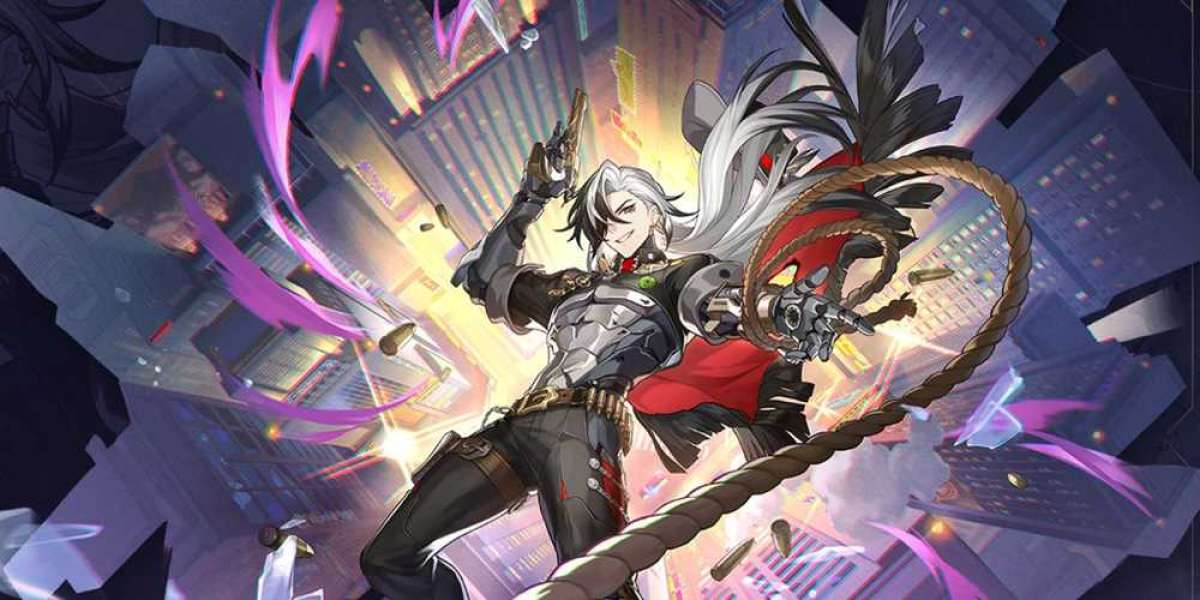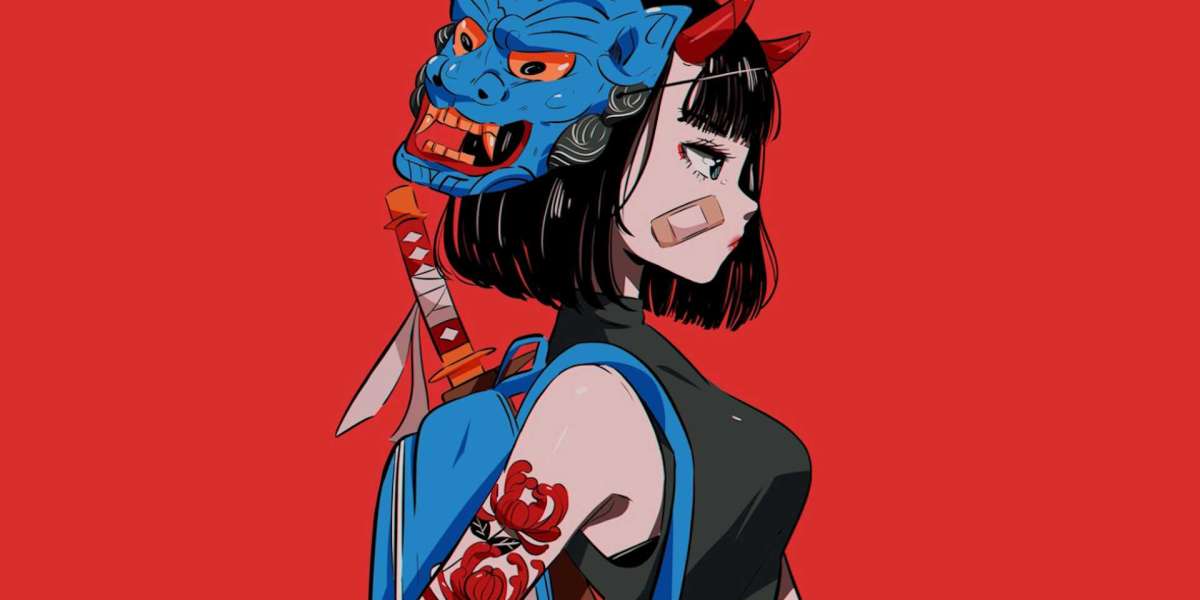Introduction:
In the spring of 1989, a monumental event unfolded in Beijing, China, that shook the nation and reverberated worldwide. Known as the Tiananmen Square protests, millions of Chinese citizens, predominantly students, took to the streets in a peaceful demonstration demanding political reform, freedom of speech, and democratization. Their bravery and determination created an indelible mark on history as they faced a repressive regime's violent crackdown, leaving a lasting legacy that still resonates today.
Event Description:
On the early morning of April 15, 1989, thousands of university students gathered in Tiananmen Square, the heart of Beijing's political and cultural center. Initially, the protests aimed to commemorate the death of former Communist Party General Secretary Hu Yaobang, a progressive figure known for his calls for greater political openness. However, as days passed, the movement swiftly transformed into a widespread demand for democracy and political reform.
The square soon became a sea of determined voices, banners, and chants. Thousands of students, accompanied by concerned citizens of all ages and backgrounds, tirelessly voiced their discontent with corruption, economic disparities, and the lack of personal freedoms. The square turned into a symbol of hope, unity, and resistance against a government reluctant to listen.
The protesters' peaceful approach embodied their unwavering pursuit of change. Students debated political ideologies, shared educational materials, and formed makeshift libraries and study circles amidst the bustling square. They established a sense of community, organizing themselves into committees tasked with managing logistics, security, and communication.
The movement steadily gained momentum, drawing international attention and captivating the world's media. As the weeks went by, more and more Chinese citizens, from workers to intellectuals, joined the demonstrations, forming one of the largest pro-democracy movements ever witnessed in modern history.
However, on June 3, the Chinese government, under the leadership of General Secretary Zhao Ziyang, made the fateful decision to suppress the protests by any means necessary. With tensions already running high, the Chinese authorities imposed martial law, mobilizing troops and armored vehicles to forcibly disperse the crowds.
In the early hours of June 4, heavily armed soldiers advanced upon Tiananmen Square, clashing with unarmed civilians in a bloody confrontation. Martial law was declared, and the government unleashed a relentless crackdown, resulting in countless casualties. The exact death toll remains a subject of intense debate and speculation, but estimates range from hundreds to potentially thousands.
This tragic event marked the end of the Tiananmen Square protests, leaving a scar on China's history. The government swiftly condemned the demonstrations, restricting access to information, censoring media coverage, and suppressing dissent for years to come. The world watched in horror as the dreams of a younger generation seeking a brighter future for their nation were violently crushed.
Conclusion:
The Tiananmen Square protests of 1989 stand as a powerful testament to the unwavering human spirit's quest for freedom, democracy, and universal rights. Despite the government's attempt to erase this event from China's official history, it remains etched in the collective memory of those who participated and the global community. The courage and resilience exhibited by the protesters serve as a constant reminder of the fundamental human desire for justice and the ongoing struggle for a more democratic and inclusive society.








